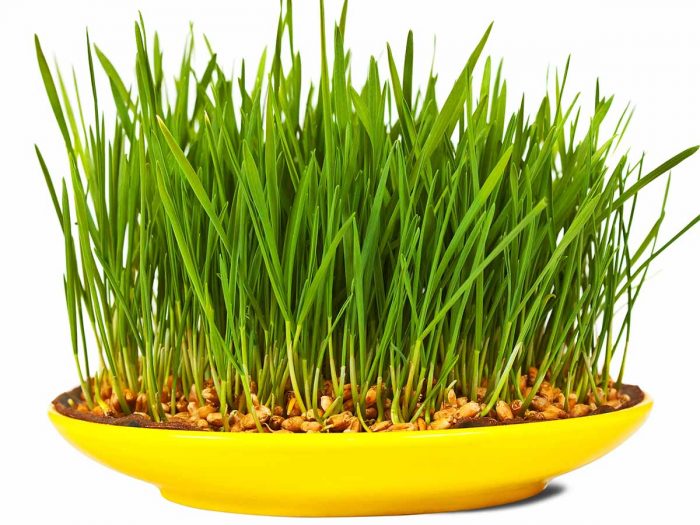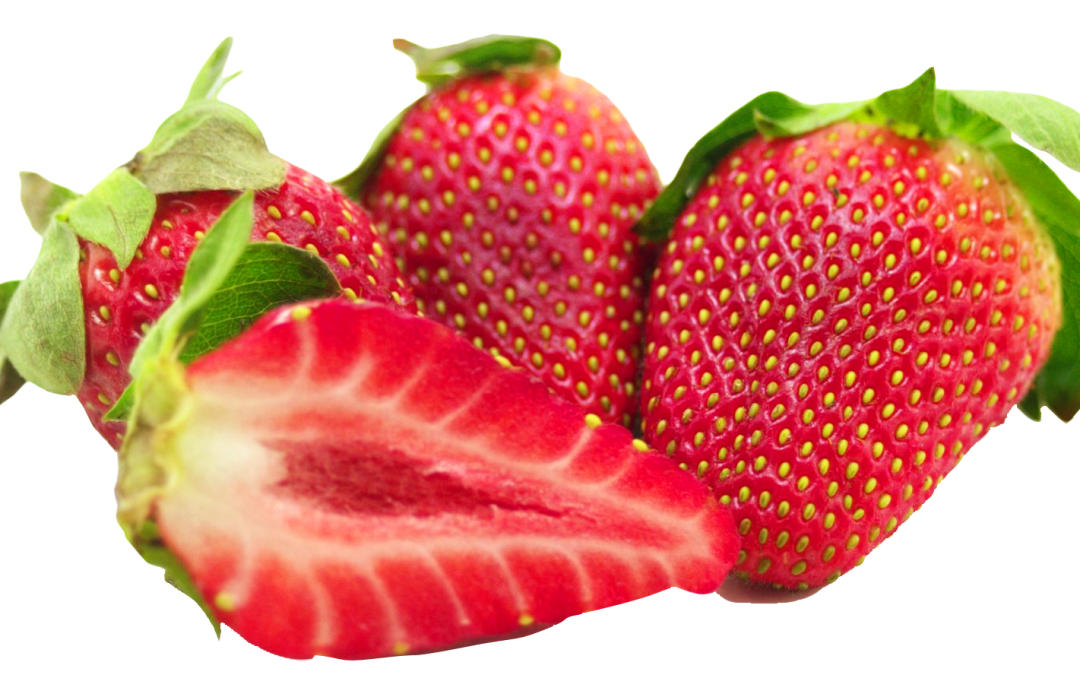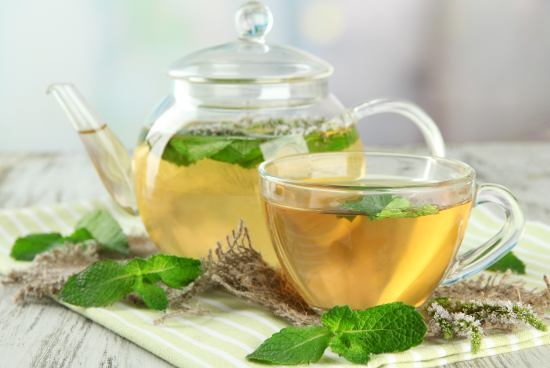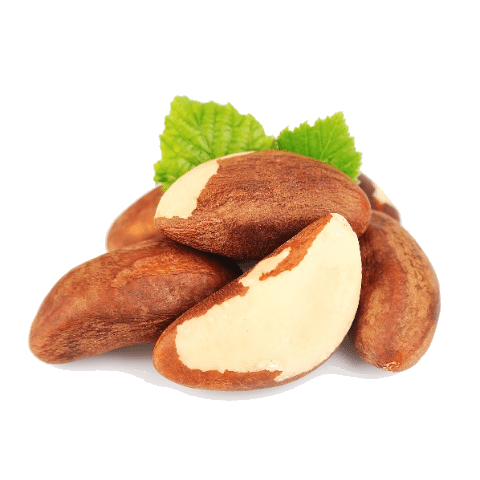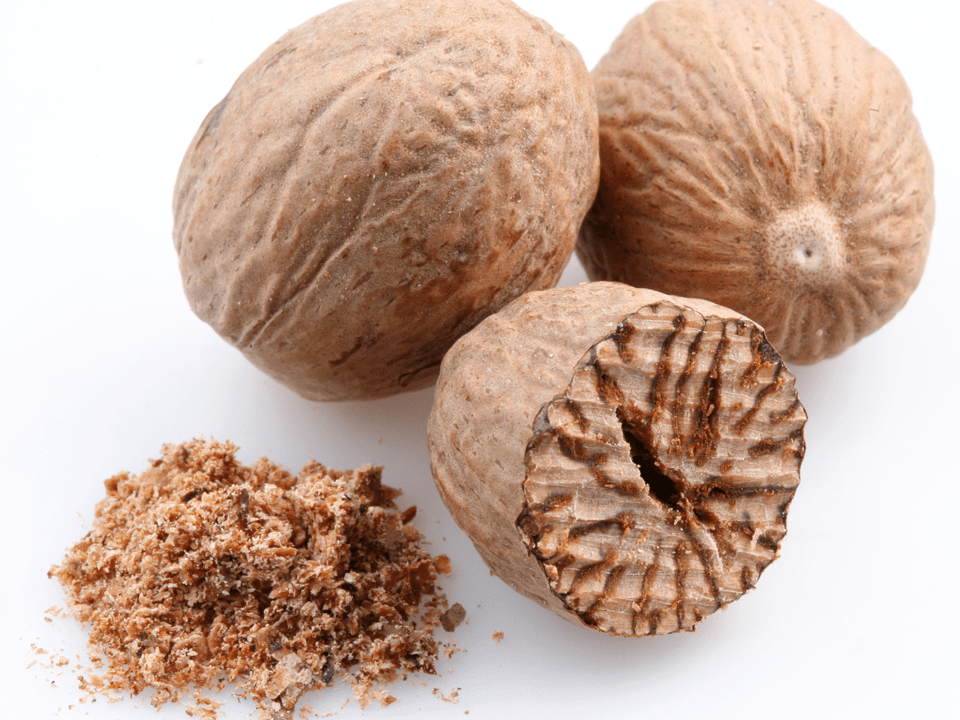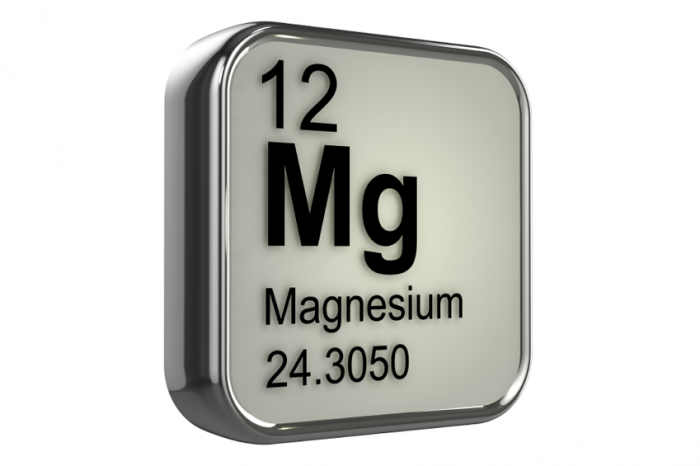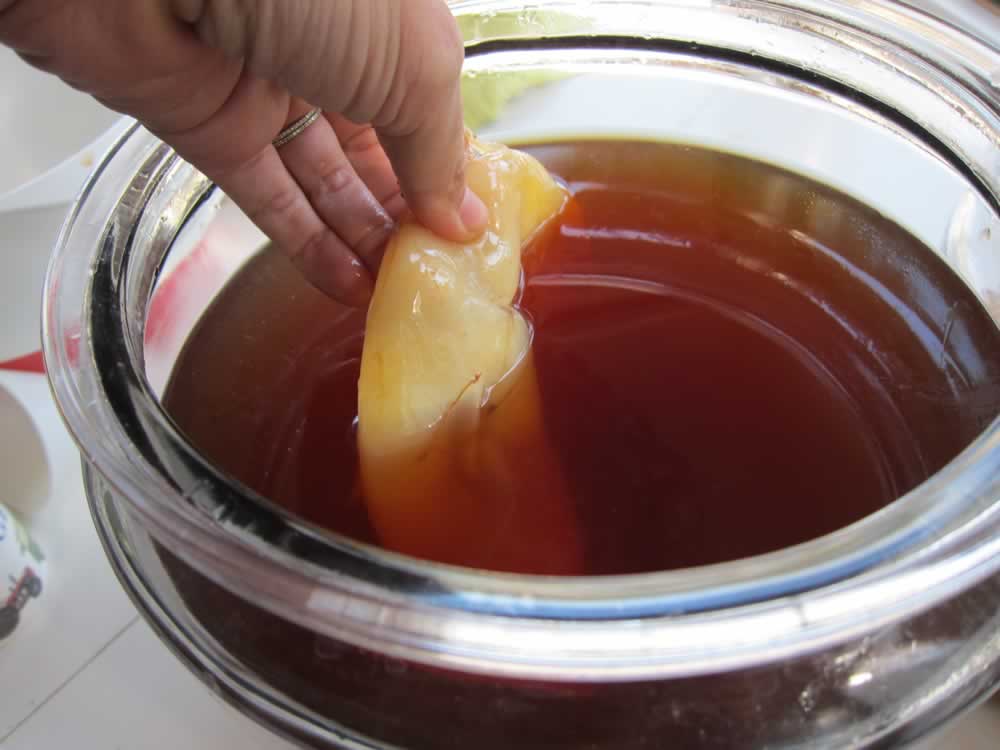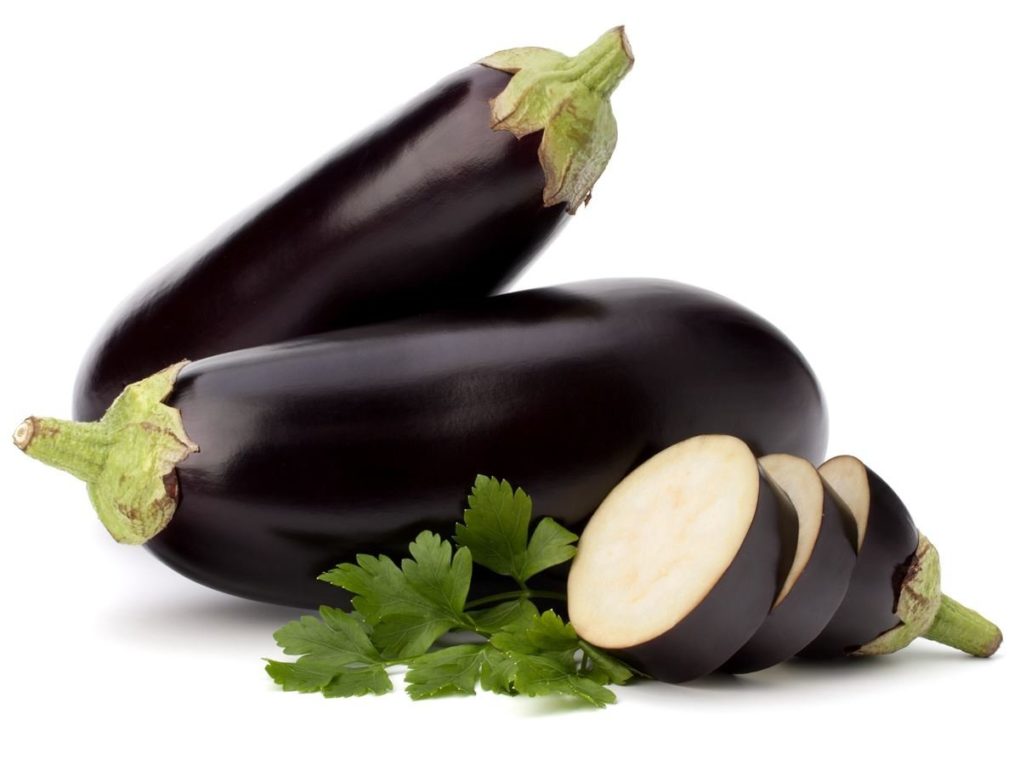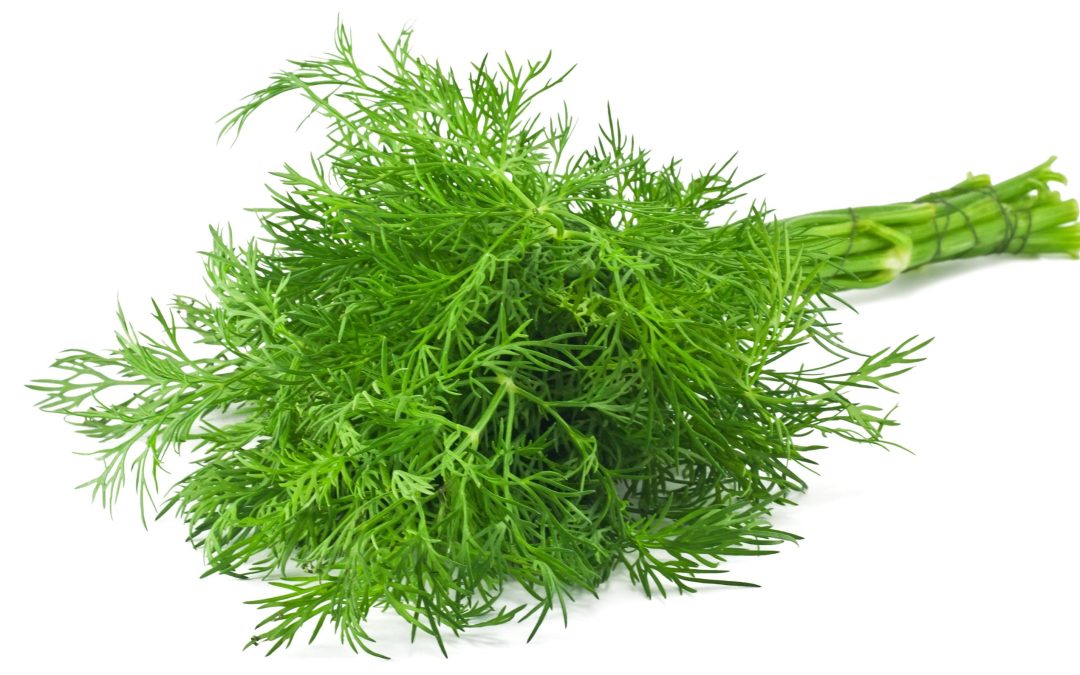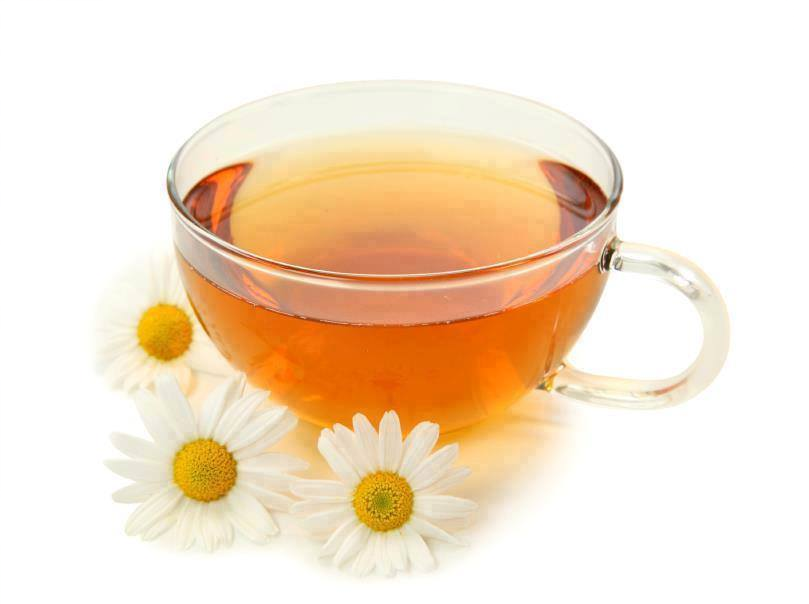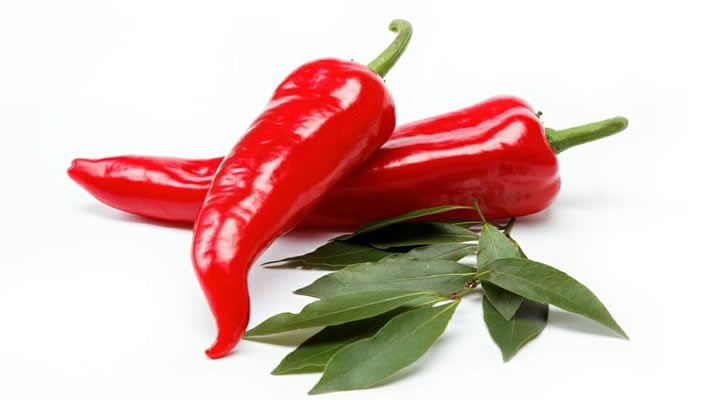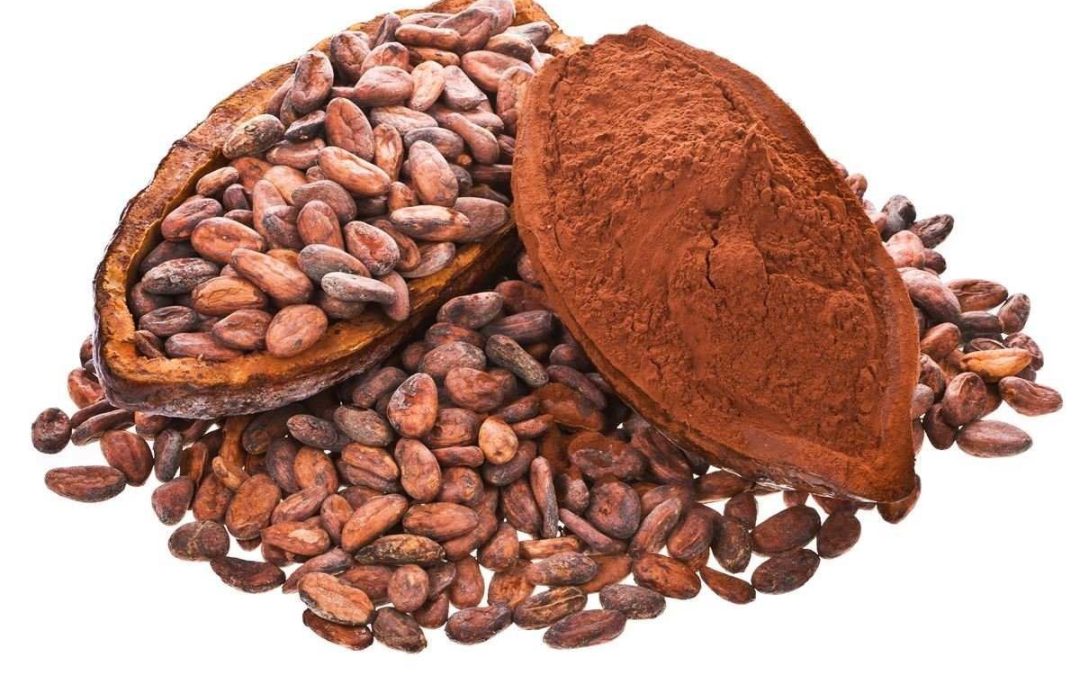Chocolate is a delicious treat, but not necessarily as healthy as you THINK it is. That’s simple enough. What’s not so simple, though, is figuring out the difference between “cocoa” and “cacao.” If this has you scratching your head, you’re not alone.
Understanding the difference won’t just satisfy your curiosity. It also reveals some key insights about how your favourite indulgence can affect your health.
A Common Misunderstanding
“Why do some people say cocoa and others say cacao?” That question lingered in my mind for years. I thought “cacao” and “cocoa” were just two ways to say the same thing. As far as I was concerned, chocolate was chocolate. But the reality of cacao vs cocoa is a bit more complicated than that. While cacao and cocoa start from the same place, the way they end up (and what they go through along the way) has different effects on their nutrition benefits.
The Difference Lies in the Processing
Everything we know as chocolate, in all of its forms, starts at the same source: the Theobroma cacao tree. This tree, native to South America, produces seed pods. Harvesters crack them open and take out the seeds, which are called cacao beans. They actually kind of look like coffee beans.
You can eat cacao beans raw. Their flavor is like a very bitter form of chocolate, and it varies depending on the growing conditions (soil, sunlight, etc.) of the cacao tree. Beans are usually fermented and dried before they’re processed any further. Raw cacao beans taste bitter, but they’re the healthiest when eaten this way.
What happens next determines whether the beans become cacao or cocoa. They start from the same place, but the processing makes all the difference. If you’re a chocolate hound, you probably already know that cocoa and cacao are available in many forms: nibs, chips, butter, powder, and chocolate bars, just to name a few.
Chocolate Health Studies Can Be Misleading
It’s understandable if you’re excited about all of chocolate’s health benefits. Every day seems to bring another article or news report about science’s latest incredible chocolate discovery. Maybe you remind yourself of these whenever you pick up a few candy bars at the store!
Here’s the thing, though. The vast majority of studies exploring links between chocolate and health benefits are not dealing with chocolates you’d find at the store. They’re focused on cacao beans themselves, either in raw or minimally-processed forms. That’s a key distinction. Unfortunately, it often gets lost in translation by the time it makes its way to articles, news reports, or posts online.
With that said, cacao and cocoa are delicious and still have plenty of benefits to offer. Just as it’s key to understand how scientists frame their chocolate studies, it’s important to understand the differences between cocoa, cacao, and what they mean for your health.
A Host of Health Benefits
Raw (or minimally-processed) cacao beans are superfoods. Here’s a quick rundown of some of their awesome health benefits:
Antioxidant effects. Cacao beans are absolutely packed with phenolic phytochemicals and flavonoids, which protect your cells against damage from free radicals. Oxidative damage can result in premature aging and many of the modern health conditions today.
Boosts your mood and cognitive performance. Epicatechin, the main flavonoid in cacao, improves various aspects of cognition, preserve cognitive abilities during aging, and even puts you in a better mood.
Lowers blood pressure. Recent studies found that flavanols lower blood pressure and increase blood vessel flexibility.
Protects your heart. Researchers found that flavanols and procyanidins from cacao increased antioxidant capacity in the blood plasma and reduced platelet reactivity, resulting in a healthier heart.
Regulates insulin levels. Epicatechin, a flavanol in cacao, activates key proteins and help regulate glucose production, even among diabetics.
Good source of magnesium. Cacao beans are also rich in nutrients like magnesium, iron, potassium, calcium, zinc, copper, and manganese. They’re actually thought to be one of the richest food sources of magnesium around.
Cacao
Remember how cacao beans are harvested from the cacao tree’s seed pods? That’s where cacao’s journey begins, no matter its final form. Once beans are dried and fermented, manufacturers heat them at a low temperature. The heat separates the fatty part of the bean from the rest, a key part of the process.
Cacao nibs are just cacao beans that manufacturers chop up into small pieces. They’re like chocolate chips, but a little less sweet, without all the added sugars and artificial sweeteners. You still get all the nutrients and antioxidant power of cacao beans. You can munch on these all by themselves, add them to a homemade trail mix, or use them like you’d use chocolate chips. Cacao nibs are the perfect replacement for chocolate chips. Plus you get all the nutrients and antioxidants!
Cacao butter is made from the fattiest part of the cacao bean. This stuff is white, with a rich, fatty texture. It actually looks and tastes a bit like white chocolate, and you can use it during baking or even as a moisturizer.
Manufacturers remove the fatty, buttery parts from the rest of the beans during processing. Then they take what’s left and mill it into a fine dark powder: cacao powder. Cacao powder is popular in baking sweet treats – everything from brownies and cookies, to fudge and cake. You can even use it in smoothies or coffees.
Cocoa
Cocoa starts the same way cacao does: as harvested beans from the plant’s seed pods. During processing, however, it’s heated at much higher temperatures. This results in a slightly sweeter flavor and different health effects.
Cocoa powder is extremely popular in dessert recipes. There are actually two types available:
Dutch-processed cocoa powder. This variety, also known as dark cocoa, undergoes additional processing with an alkalized chemical solution. This is done to make the taste of the end product richer and less acidic. Unfortunately, further processing only increases degradation off all those awesome antioxidants and nutrients.
Natural cocoa powder. This variety is a bit more acidic and bitter than Dutch-processed powder. You’ll find it often in recipes that call for baking soda because the soda alkalizes the natural cocoa powder.
If you’re in the market for cocoa powder, stick to plain versions. Cocoa powder “mixes” often contain added sugar or other sweeteners. Cocoa butter is also available for baking or moisturizing, just like cacao butter. You won’t find cocoa nibs. They’re packaged as chocolate chips, which are unfortunately usually loaded with other ingredients.
Cocoa tends to be cheaper than cacao and a bit easier to find. The challenge is finding a high-quality option without any added sugars, dairy products, artificial sweeteners, high fructose corn syrup, or emulsifiers – “fillers” companies use to kick up the flavor and cut production costs.
Why Cacao Vs Cocoa Matters
- The heavier processing (heating at higher temperatures) that transforms cacao to cocoa doesn’t just affect how manufacturers label the end product. This heat actually affects the beans on a molecular level, changing their structure and degrading nutrient content.
- Heavy processing is what makes cacao turn to “cocoa.” Much of the nutritional content dissipates in this state.
- That means that cacao, which is less processed, has more powerful antioxidant effects and health benefits. 100 grams of raw cacao powder has an ORAC (oxygen radical absorbance capacity) of 95,500, which represents antioxidant capacity. This drops to 62,100 for cacao nibs, and 26,000 for cocoa powder.
- It’s not that cocoa is inherently bad for you; it’s just that cacao is more beneficial. Baking with either kind probably decreases some of the nutrients and antioxidants, but unfortunately research quantifying just how much is non-existent at this point.
- Bottom line: heating cacao or cocoa probably degrades some of the nutrients and lessens potent antioxidant effects. But cacao is the ideal choice because it starts with more of them than cocoa.
Article Source:paleohacks





